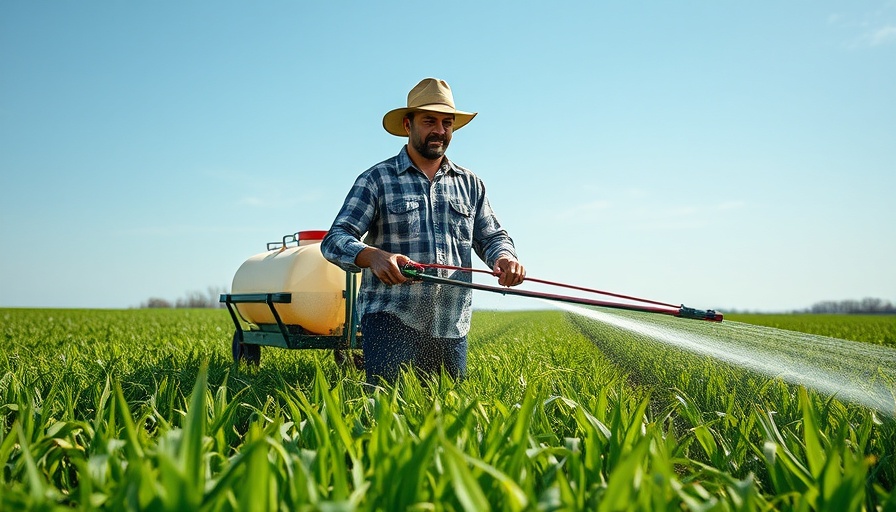
Ghost Rice: A Hidden Treasure of the Mekong Delta
In the lush expanses of Vietnam's Mekong Delta, one grain holds a unique promise amidst the growing threats posed by climate change: ghost rice, or Oryza rufipogon. This ancient wild rice isn’t just a vital part of the local agricultural landscape—it has invaluable genetic traits that could be key to developing more resilient rice crops for the future.
Understanding the Resilience of Ghost Rice
Wild rice flourishes in the challenging conditions of flood-prone regions. Capable of thriving under water for extended periods, it brings a unique resilience that modern rice varieties often lack. Its genetic diversity harbors traits that confer resistance to pests and diseases, which are becoming more pressing concerns due to climate variations. As traditional rice species struggle to adapt, ghost rice offers a ray of hope.
A Look Back: Cultural Significance of Wild Rice
Echoes of the past resonate throughout the Mekong Delta, as elder farmers like Trần Văn Lựa reminisce about the delicious and aromatic wild rice they harvested in their youth. Once a staple and a source of pride, this wild rice has become increasingly rare, illustrating a broader trend of biodiversity loss. In the 1970s, during conflicts and scarcity, wild rice was a lifeline for many families, reinforcing its cultural importance and nutritional value in local diets.
Preservation Efforts: A Race Against Time
The vanishing presence of ghost rice urges a significant conservation effort as the region’s changing climate challenges not just biodiversity, but also food security. Conservationists emphasize the importance of preserving this wild variety before it becomes extinct. The Mekong Delta, recognized as one of the last refuges for this species globally, is now at risk of losing it to unfavorable agricultural practices and mismanagement.
The Future of Agriculture in the Face of Climate Change
As the climate crisis looms, the cultivation of ghost rice presents a pathway to sustainable agriculture in Vietnam. Experts like Bùi Chí Bửu advocate for a shift toward recognizing the potential of these wild varieties. By integrating ancient genetic traits into modern farming practices, farmers can cultivate crops that are not just resilient but also boost ecological diversity.
Practical Steps to Support Biodiversity in Agriculture
Farmers, policymakers, and consumers hold the power to foster sustainability through various practices. This might involve prioritizing biodiversity, opting for sustainable farming methods, supporting local farmers, or investing in eco-friendly products. Moreover, initiatives promoting circular economies and reducing waste will be essential to alleviate the pressures on natural resources.
A Call for eco-friendly Practices and Sustainable Solutions
The plight of ghost rice highlights the broader need for sustainable practices in agriculture. Consumers can play a pivotal role in this by choosing organic products, supporting sustainability initiatives, and fostering a market for regenerative agriculture. Together, we can nurture a green economy that values biodiversity and works toward climate resilience.
As we pivot towards a future shaped by climate-changing realities, our actions today determine the agricultural landscape of tomorrow. By embracing sustainable practices, we contribute to environmental stewardship and ensure the survival of vital agricultural treasures like ghost rice.
 Add Row
Add Row  Add
Add 



Write A Comment